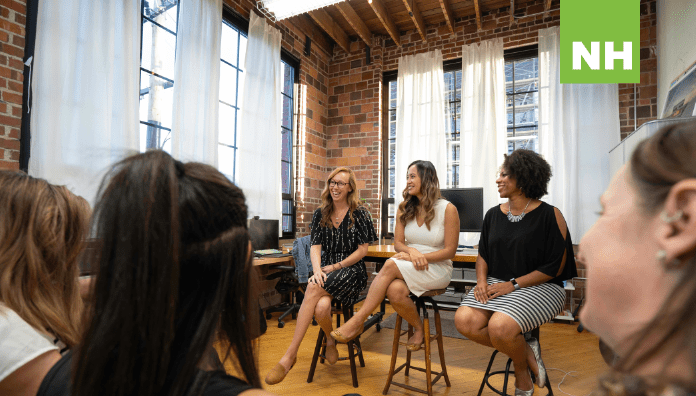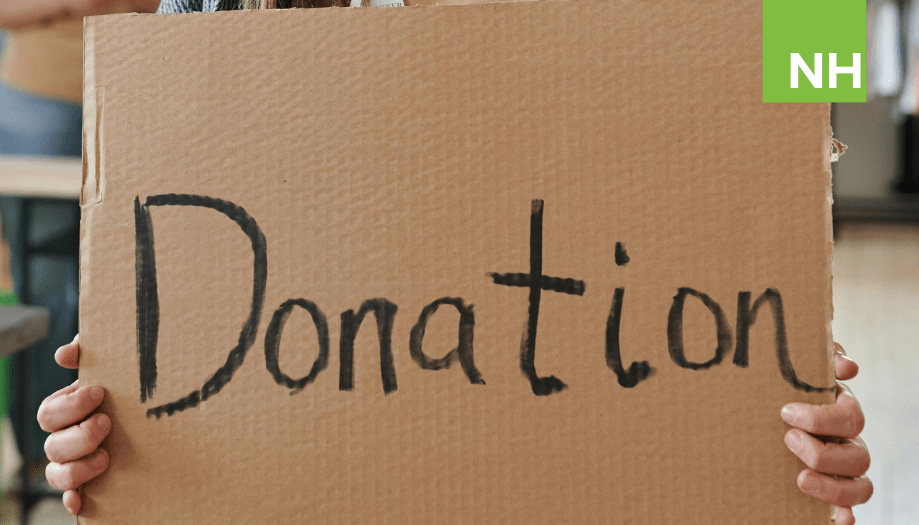We. Were. Warned. And the future of America’s social capital was discovered in a bowling alley.
In 2000, Robert D. Putnam, a public policy professor at Harvard, published Bowling Alone. Putnam recognized that Americans were becoming less politically and socially engaged. And the support of his argument was that the activity of bowling was on the rise but bowling leagues were actually declining. People were bowling alone and engaging in less discourse about the community because they weren’t in a team.
The book reported about the decline in social organizations that had been pillars of our community. You’ve probably witnessed this in your community. Traditional groups like Optimists and Jaycees—the ones that our parents joined—are still struggling in some communities with attracting new blood into their organizations.
As a young professional when this book hit the shelves, it had a profound and lasting effect on me. I was fascinated by the fact that we could potentially lose our sense of community as I knew it growing up. In my neighborhood we knew everybody—and everybody’s business. Now we pull into our attached garages and never have to see the guy across the street.
The truth is, we haven’t lost a sense of community. We’ve evolved as to what our communities mean. I like to think of this as what Seth Godin would call a tribe.
As nonprofit professionals, we’ve been navigating through this great social shift of how people are choosing to build and engage in community. Sure there’s more of a sense of urgency with all of the on demand access we have. Certainly there’s a desire for personalization. And maybe the donors demand results and want to actually help guide the organization. And maybe I wrote this in 1950.
I had an 88 year old major gifts fundraiser share his 1960s era fundraising model with me the other day. It would still work today.
Aside from our ever-evolving delivery methods, the future of doing good is what we should always do for our donors. Present them with a customized opportunity of how they can engage with your organization. Show them the results of what you’ve done with their donation. Thank them. Keep them informed with their preferred communication method. Repeat.
Our challenge is that our donors will become more and more sophisticated. We won’t be able to slip anything past them. They’ll want to engage on their terms. And maybe even come up with some crazy ice buckety thing that raises millions for your organization and has your name on the lips of the entire nation.
So as I see the future of the nonprofit sector, there are millions of people that are socially engaged in their tribes. There are millions of others looking for a tribe to join. There are a few of those people that are probably trying to create a tribe that does something strangely close to yours, that should probably just help your tribe instead.
Our goal as nonprofits is to find people that appreciate our organization’s mission. Then, we entice them to join our tribe by providing opportunities to be engaged. Ultimately, that helps us grow our tribes. As always, the ultimate goal is to make a difference with our mission.







